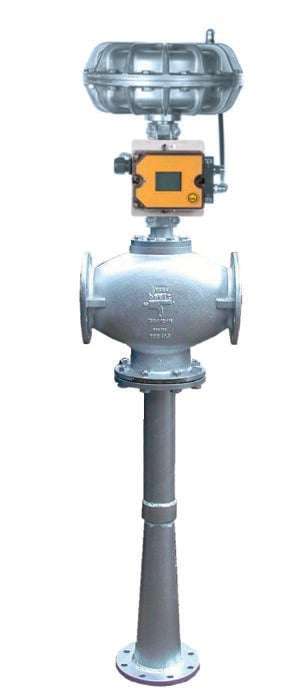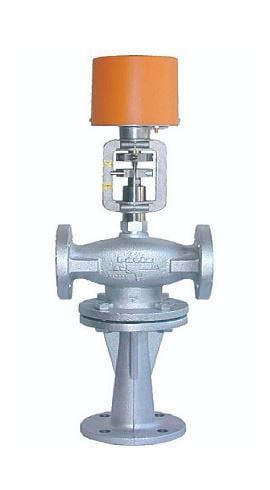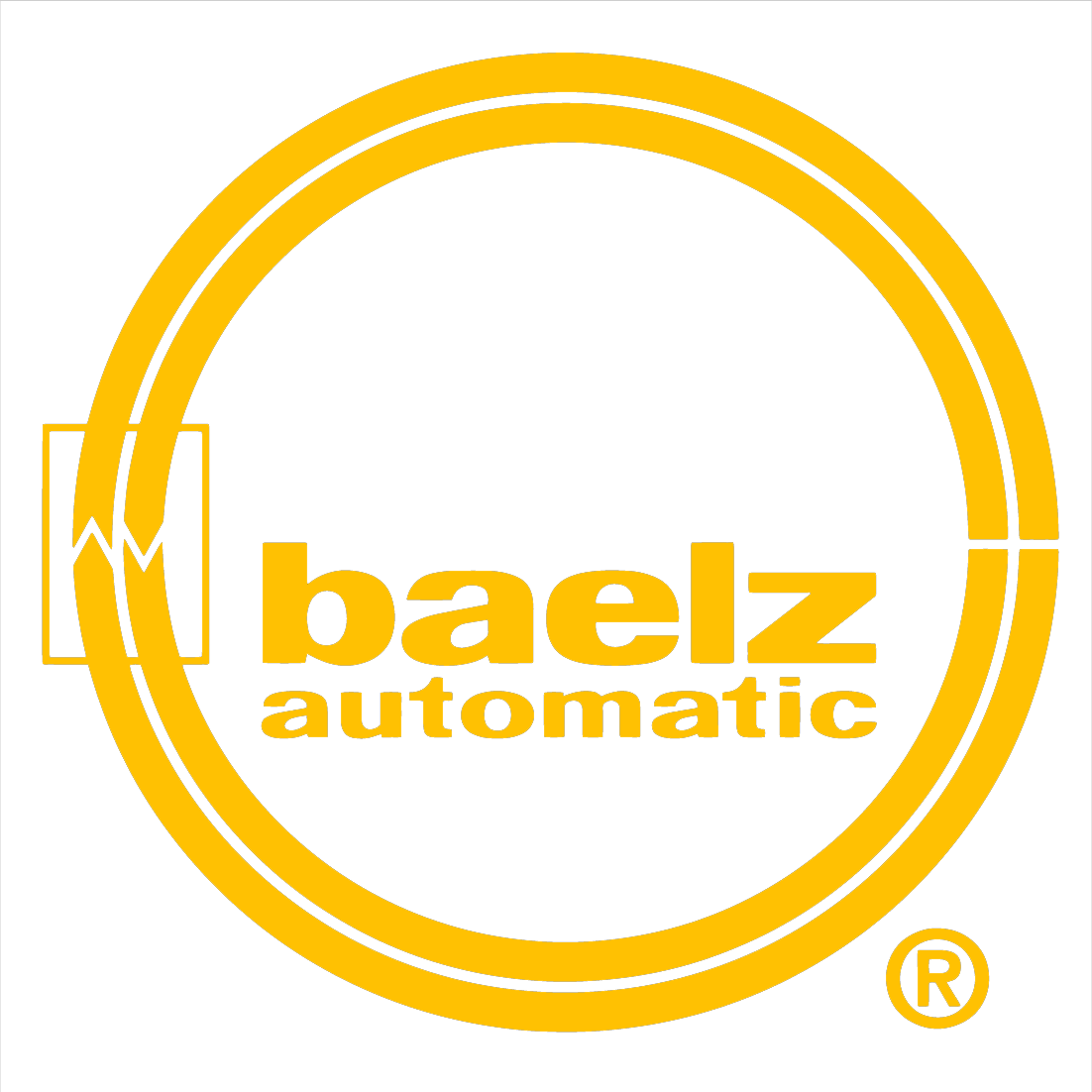Steam and water ejectors are used in a range of industries as an alternative to mechanical pumps. They're easy to install and operate, and because they require no power aside from the motive gas or fluid, they're efficient and cost-effective. When deciding whether a steam or water ejector is right for your application, it's first important to understand how they work.
How a Steam Ejector Works
In a steam ejector, the motive is high-pressure steam, which moves through a nozzle. That pressure is converted into velocity, and the vacuum that's created pulls in gases and vapors. The gas mixes with the steam and passes through the diffuser, where velocity is converted back into pressure for discharge. There are several key components to a steam ejector:
- Motive Chest: This is where the motive—in this case, high-pressure steam—is introduced to the system.
- Suction Chamber: This contains all the connections for the suction inlet, diffuser, and nozzle.
- Motive Nozzle: This is where pressure is converted to velocity and directed toward the diffuser.
- Diffuser: It serves several purposes in different areas: motive and load gases are mixed in the inlet diffuser, while velocity converts to pressure in the outlet diffuser. The throat connects these two areas.
- Pneumatic or Electric Actuator: This controls ejector operations.
Ejectors are commonly used in a variety of applications, including petrochemical processes, oil distillation, fertilizer plants, drum dryers, bakery ovens, and more, because of their unique advantages:
- Energy Efficiency: Baelz steam ejectors are designed to reduce steam loss, resulting in a system that requires less energy overall.
- Cost Efficiency: When you use less energy, you reduce operating costs. Highly efficient ejectors that are built for performance also require less maintenance and repair over time.
- Improved Performance: Outstanding vacuum technology allows ejectors to work with both high and low pressures.
- Flexibility: Steam ejectors can be used in a variety of steam systems.
- Easy to Install and Use: Steam ejectors are lightweight and don't require foundations for installing.
- Corrosion and Erosion Resistance: Because they can be made from a variety of materials and covered with corrosion-resistant coatings, steam ejectors are suitable for use in a number of environments.
How a Water (or Thermal Fluid) Ejector Works
Water ejectors use water (or other liquid heat transfer mediums such as glycol or thermal oil) as the motive fluid. As it passes through the nozzle, that potential energy is converted into velocity, which is then used to draw in and discharge other fluids. This is an ideal solution for single-pump applications with a high enough level of differential pressure. Water ejectors are similar to steam ejectors in terms of their primary components:

- Motive Chest
- Suction Chamber
- Motive Nozzle
- Diffuser
- Pneumatic or Electric Actuator
Water ejectors effectively control temperature, prevent unwanted circulation, offer flow-variable recirculation, and more. They're a reliable solution in such varied applications as hot oil cooling in the wood industry, heating and ventilation in buildings, pumping and mixing operations in the pneumatic conveyance sector, and research and development. They offer several benefits:
- Load Stability: Control the entire load range with precise water distribution over a number of circuits.
- Energy Efficiency: Unlike a typical three-way valve, a water ejector allows for the conversion of water's kinetic energy and efficient flow through heat transfer fluids. By matching your ejector with the right control equipment, you gain even greater control over your energy usage.
- Low Costs: Water ejectors are easy to install and require little maintenance, and they allow you to replace multiple circulation pumps with a single efficient component.
Baelz Steam and Water/Thermal Fluid Ejectors
Baelz NA is an industry-leading supplier of high-quality, durable, dependable, and controllable ejectors. Our highly efficient steam and water ejectors can be used with pneumatic or electric actuator options, and they can last for twenty years, saving our clients time and money. We seek to optimize your system with a focus on sustainability, cost-effectiveness, and exceptional product quality in a variety of industries, including food, wood, marine, automotive, chemical, power, and water treatment.
Contact us to learn more about how a water or steam ejector works, or request a quote for your project.
